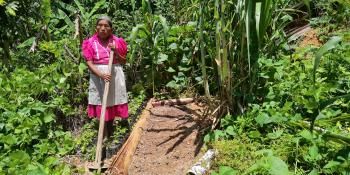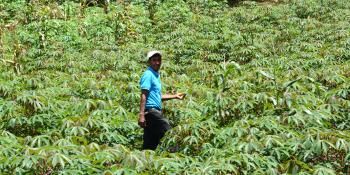Study reviews compelling strategies to reduce drought-related risks for farmers
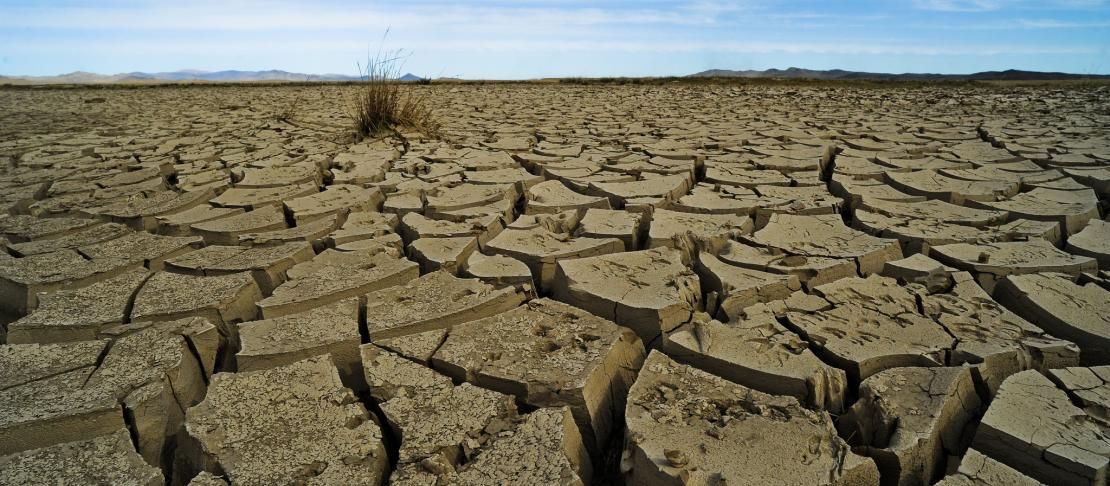
New paper reviews country experiences from using farm safety nets and insurance programs to help farmers reduce drought-related risks.
Droughts are a common occurrence worldwide, but major concerns are growing over their long-term disruption to global agricultural production. This year alone, droughts have damaged the coffee industry in Brazil and caused the death of hundreds of cattle, and losses to staple crops in Central America, triggering food shortages, higher prices, and ultimately threatening the food security of poor households across the region.
As climate change effects set in, scientists are warning that droughts may only increase in both frequency and duration, at least in some parts of the world (PDF).
A hot off the press discussion paper, Drought risk reduction in agriculture: A review of adaptive strategies in East Africa and the Indo-Gangetic plain of South Asia, takes a deep dive into drought-related issues as it reviews both vulnerability to drought and drought-risk-reduction mechanisms in the two regions.
The discussion paper was carried out by International Food Policy Research Institute (IFPRI) under the work of CGIAR Research Program on Climate Change, Agriculture and Food Security (CCAFS).
Getting the full picture for two highly drought-vulnerable areas
A combination of population growth, soil degradation, land fragmentation, and 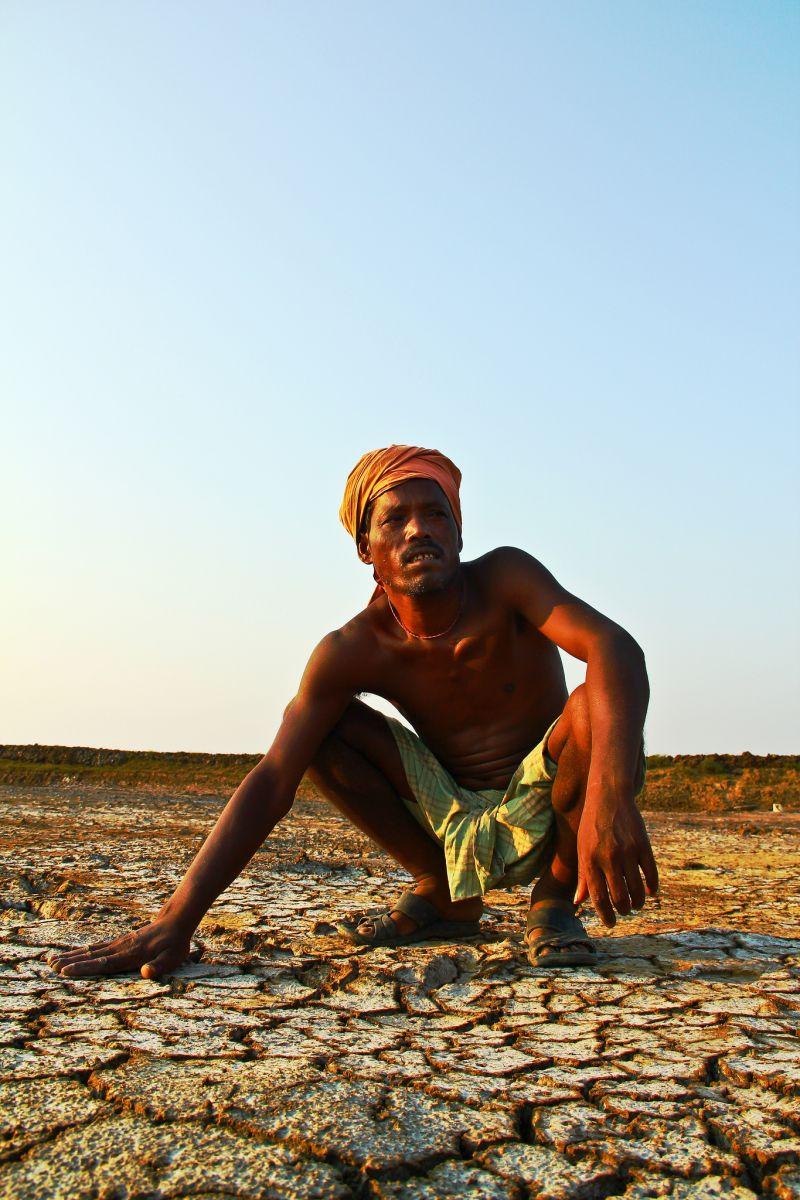 dependence on rainfed agriculture makes agricultural systems in East Africa highly vulnerable to climate shocks.
dependence on rainfed agriculture makes agricultural systems in East Africa highly vulnerable to climate shocks.
As for South Asia, despite the progress made in terms of food production, the region ranked last in the 2013 Global Hunger Index and it is exposed to various climatic risks, including droughts and heat waves.
Recent research indicates that climate change may exacerbate dry conditions in both regions, with potential large damages to staple crops.
In addition to the challenging climate conditions, farmers in both regions face a host of constraints, especially low access to input and output markets. These factors, combined with farmers’ aversion towards high-risk endeavors and stifle investments in agriculture, production is left prone to drought shocks, and households highly vulnerable to loss of assets.
Which way forward to reduce risks from drought?
The paper suggests that effective strategies for drought risk reduction need to focus on building resilience through sustainable management of agroecological landscapes, to recover soil fertility and boost agricultural production, as well as through measures that improve access to food and general public health.
We already have a wealth of evidence about the benefits of different agricultural technologies in improving agricultural productivity and mitigating drought, but complementary interventions, like safety nets and insurance plans, are necessary to lower the risk of investing in farming, and therefore encourage expenditures for farm inputs and adoption of new agricultural practices.
Although nowadays national governments have easier access to relevant knowledge, tools and techniques, this information still needs to be effectively delivered to the places and people who need it most.
Examples of how countries have managed drought-related risks and crises
However, there are encouraging examples. The productive safety net programme managed by the government of Ethiopia is helping food-insecure households to build their assets by educating farmers on new cultivation techniques and crop diversification, while monitoring the building of both individual and communal assets.
In Kenya, the government in collaboration with the private sector has improved the seed multiplication effort and set up a training programme for farmers, which builds their skills and therefore facilitates access to loans and credit. And in many instances, where the government reach has been inadequate, NGOs have stepped in and helped to support the diffusion of improved seeds, instructed farmers on crop and livestock diversification, and promoted the adoption of new agricultural techniques and practices.
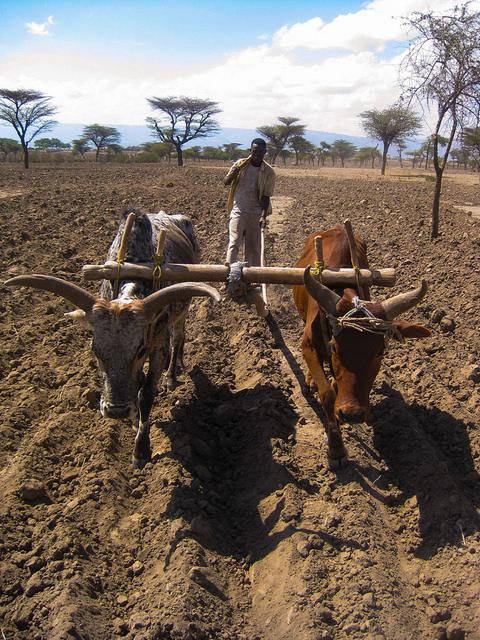 Moreover, across South Asia and Sub-Saharan Africa, insurance programs with potential benefits against drought risk have emerged from partnerships between governments, NGOs, local financial institutions, farmers’ organization, and international aid organizations.
Moreover, across South Asia and Sub-Saharan Africa, insurance programs with potential benefits against drought risk have emerged from partnerships between governments, NGOs, local financial institutions, farmers’ organization, and international aid organizations.
Research has shown that poverty is both a determinant and a result of drought. Therefore, if we are serious about reducing poverty and hunger we must tackle the vulnerability of farming communities to climate shocks through a sustainable approach to drought risk reduction.
This requires continuous financial support for development work, as well as investments to cultivate social capital and the capacity for disaster risk reduction across governments, NGOs, the private sector and farming communities.
Download: Cenacchi N. 2014. Drought risk reduction in agriculture: A review of adaptive strategies in East Africa and the Indo-Gangetic plain of South Asia. Discussion Paper September. International Food Policy Research Institute (IFPRI)
This report is a component of the CCAFS funded project “Impacts of Climate Extremes on Future Water and Food Security in South Asia and East Africa.” The goal of the project was to characterize extreme drought events, to improve on a methodology to assess the probability of these events in the future under climate change, to illustrate their impacts, and to provide suggestions on coping strategies. Learn more: Climate extremes impact on regional food security [Blog]
Nicola Cenacchi works as a research analyst at the International Food Policy Research Institute (IFPRI).

